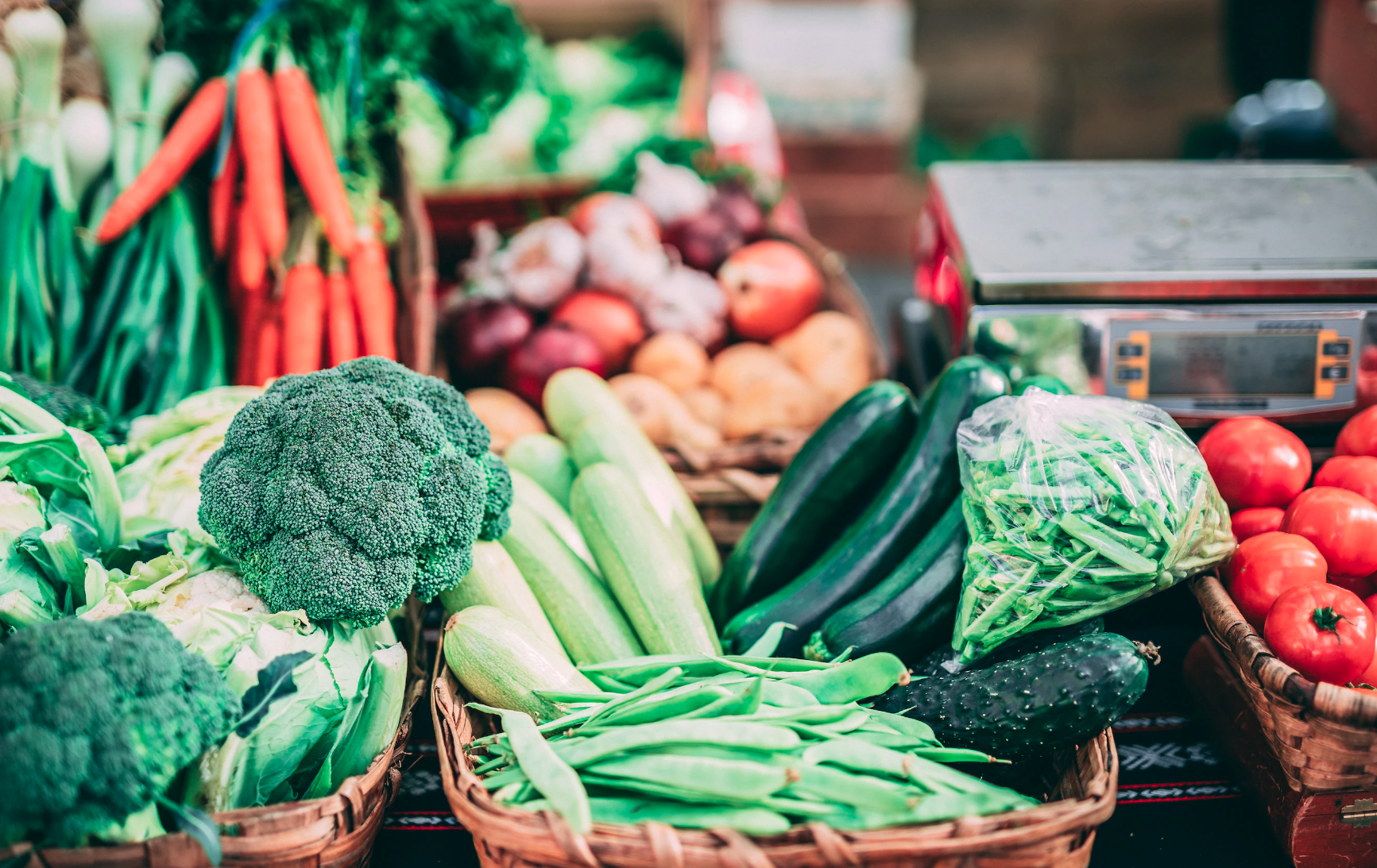A diet rich in fruits and vegetables has long been suggested by scientists, medical professionals, and nutritionists as a way to maintain excellent health. The American Gut project’s most recent research, however, indicates that including fruit and vegetables in your diet is not sufficient on its own. Along with quantity, the variety of fruits and vegetables in your diet plays a crucial role in ensuring that your diet is ideal for gut health.
More variety in vegetable diets is associated with better gut microbes.
When compared to diets with a less variety of plant matter, the study found that meals featuring 30 or more different types of fruit and vegetables each week were associated with a substantially larger diversity in gut bacteria (10 or fewer plant types). Scientists generally agree that a diverse population of gut bacteria indicates a healthy gut microbiome.
Another significant finding was that this pattern was seen in both meat-eaters and vegetarians, suggesting that diversity and presence were just as important as quantity.
So how might a diet that included 30 different plants every week look?
First of all, while I am not familiar with the reasoning behind the number “30,” the fact that it has been associated with healthy microbiomes suggests that we should strive to exceed it.
For me, it doesn’t seem like a significant amount because I think my diet is generally healthy and varied. I consume more than 20 meals per week, so each meal includes a little more than one extra piece of fruit or vegetable. It turns out, though, that I’ve been missing this number by a significant margin and that reaching it is actually much harder than I’d anticipated.

What about my dietary habits?
I follow a standard western diet, which is relatively heavy in saturated animal fats. However, I am also concerned about my health, so I try to eat more fish, restrict my intake of meat, especially red meat, and include as many leafy vegetables as I can.
However, my regular diet tends to be fairly repetitious when it comes to the ingredients rather than the meals and dishes. I frequently use the same fruit, root vegetables, and leafy greens in my cooking, along with a lot of tomato, onion, and garlic-based meals.
I may be being a little severe on myself, but when I totaled up the variety of plants in my diet, I realized that I’m falling far short—achieving only approximately 20 different plant types per week. Do grains qualify? Perhaps. Do nuts and pulses? – Most likely. Does bread qualify? It’s been digested, so maybe it’s not a good idea.
Onions, garlic, tomatoes, spinach, broccoli, cabbage, cauliflower, aubergine (eggplant), squash, carrots, peas, avocados, bananas, apples, blueberries, raisins, lettuce, cucumber, celery, pine nuts, and walnuts are some of the veggies that frequently occur in my diet. Although it sounds excellent, the diversity isn’t all that great.
After doing some research, I read up on the health recommendations made by the Japanese government in the 1980s as a result of the introduction of American and other western foods in the 1970s and 1980s, which contributed to the rise of obesity and cardiovascular illness.
It was suggested to eat 20 different sorts of meals each day. Although later recommendations on what food kinds should be present were made, the guidance did not specifically call attention to plant matter. However, the objective was fairly similar: strive for a diet that is very diverse.
Are processed foods diverse?

We have now written extensively about the harm that processed foods cause to our health, mostly blaming the preservatives, emulsifiers, sugar, salt, and other additives, such as flavor enhancers, which all have a negative impact on the composition of our gut bacteria.
Another factor to take into account is the lack of variety and nutritional content in processed foods, as well as diets that are heavy in them.
In addition to preservatives and chemicals, popular ingredients include several types of sugars and starches, such as corn flour, potatoes, maize, and rice. Once processed, these ingredients are essentially just another type of sugar. Any additional ingredients, once processed, have little to no nutritional value. For example, egg and dairy products, fruit jams, and chocolate are staples in many diets.
It should come as no surprise that our gut bacteria has altered given how our diets have changed and that we are now experiencing such an increase in illness. Who is to blame? Some claim that governments should take more steps to educate the public and control the food sector, while others claim that this is the price we pay for convenience in our busy daily lives.
For more information you can click:




